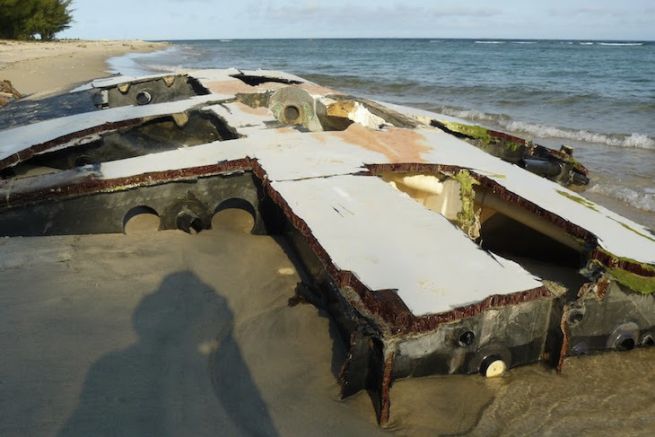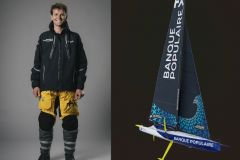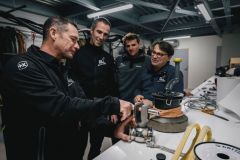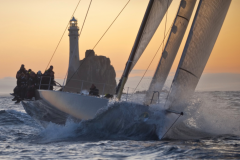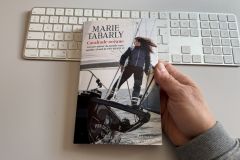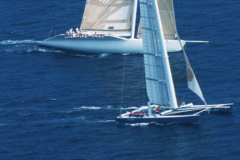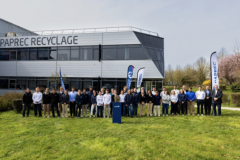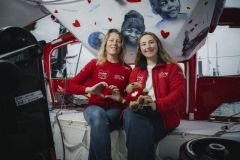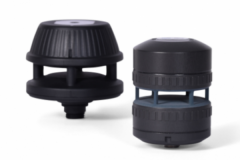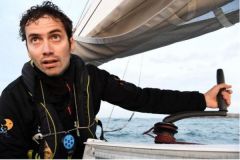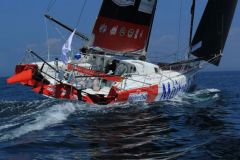December 6, 2016, one month after the start of the Vendée Globe, Kito de Pavant hits a UFO on board his IMOCA Bastide Otio while in 10th position. At 44° South, north of the Crozet Islands, the keel was severely damaged and a major water leak occurs on board . The skipper was then forced to abandon his boat and rescued by the Marion Dufresne the ship in charge of supplying the French Southern and Antarctic Lands, which is located 110 nautical miles north of Bastide Otio.
euros on board the ship, Kito de Pavant studies the possibilities that are available to him to recover his boat. But on December 13, 60 feet beacons stop transmitting . For the Occitan skipper, his boat has certainly capsized.
" at that point, I had no hope of finding him... Since then, people ask me every day if I know where he is. Now I have the answer!"
Because a few days ago, Mathieu Bellon, a Hyero sailor, who is enjoying a family cruise in Madagascar made an incredible discovery. In November 2018, the yachtsman discovered the remains of the boat on the east coast of Madagascar.
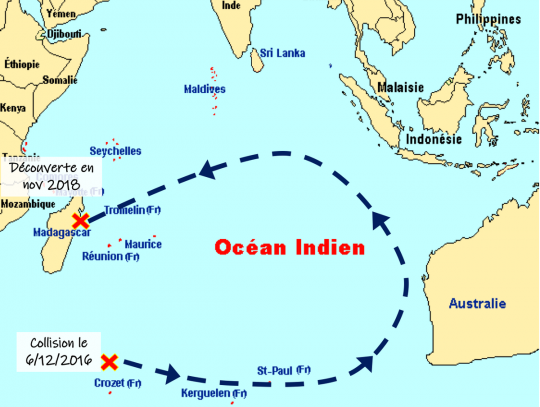
"We were in this sailing area on a cruise on my brother and sister-in-law's catamaran who made the crossing from Reunion Island. It intrigued us and I remembered your misadventure (the term is perhaps a bit weak) during the Vendée Globe, in the southern Indian Ocean." writes Mathieu by mail to Kito.
Mathieu Bellon thought he had discovered something and conducted a thorough search back in France. Last week, after finding several clues to identify the boat, he decided to contact Kito:
" The boat underwent some cuts as you can see on the pictures. It must be said that in Madagascar nothing is lost... And the tropical storms may have already washed away the discovered elements. But I took advantage of having some time this summer to do some research. When I watched the video of your damage, I found views of the metal part that holds the keel axis. I found a lot of similarities, like the orange color in some places on the hull. I also recovered a small piece of it. I hope that these elements will allow you to establish an identification, that's why I found it interesting to be able to give you all these clues. The fact that it arrived at this place can be explained by the presence of a current that goes up from the south of the Indian Ocean to the Malagasy coast".

On the left, the front deck of the Bastide Otio keel that allowed the identification © Mathieu Bellon
On the right, this same piece, on a photo sent by Kito on 6/12/2016, following his keel damage
"This is the last place I would have looked. With the downwinds, I expected to find it in New Zealand or Chile, certainly not in Madagascar. But the boat capsized and in the end it was the effects of the currents that overrode the effects of the winds. She made a pretty incredible journey around the Indian Ocean, up the west coast of Australia, to find herself in the southeast trade winds and make her way to Africa." explains Kito de Pavant. Before adding: "It's a shock, because there is not much left of Bastide Otio. The boat was damaged by the Indian Ocean, but above all it was completely stripped to recover everything that could be recovered. Only the front bearing of the keel was not dismantled. Without this part, which is unique and was designed especially for this boat, it would have been difficult to make the link with Bastide Otio. And I was one of the few people who could identify it."
"So we know the end of the boat's journey. I prefer to know that she was used as raw material for many useful objects in Madagascar, rather than imagine her continuing to be a floating danger for the sailors of the next Vendée Globe or the Jules Verne Trophy. It allows me to turn the page," concludes Kito.
